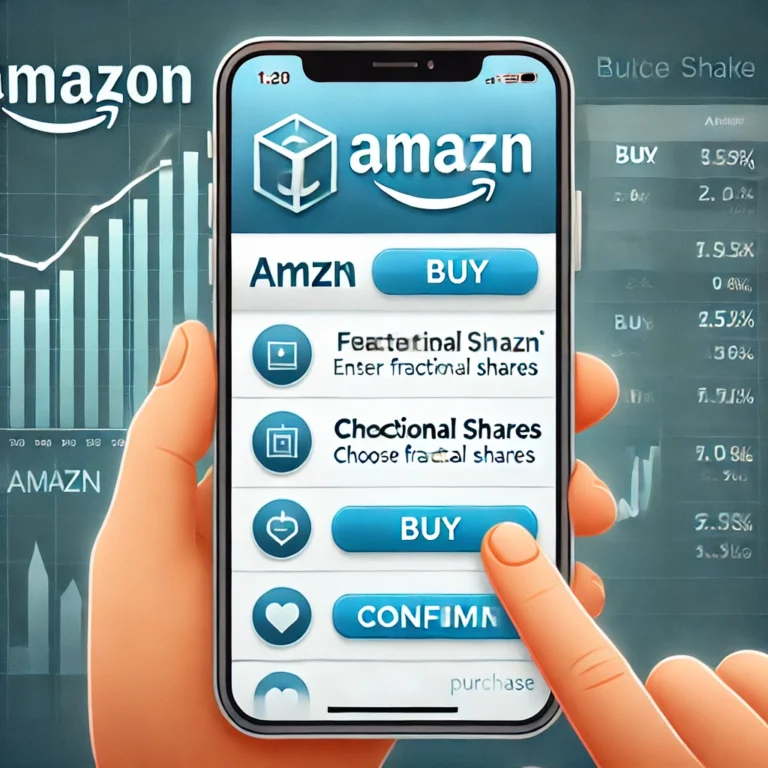TheNews: A Deep Dive Into the World of Headlines and Breaking Stories
In today’s fast-paced digital landscape, TheNews is more than just a term — it’s a vital part of everyday life. It informs, influences, and shapes public opinion, whether it’s political events, global crises, local developments, or celebrity gossip. The demand for real-time information has never been more intense. But what exactly defines thenews? How do we distinguish between facts and sensationalism? And what role does technology play in delivering it?
Let’s break down the entire ecosystem of TheNews, exploring how it functions, who controls it, and why it’s so crucial in modern society.
Understanding TheNews in the Modern Context
TheNews today is no longer confined to newspapers and television. Thanks to digital platforms, social media, and smartphones, anyone can be both a consumer and a producer of news. While this democratization of information has its benefits, it also presents significant challenges, such as misinformation and news fatigue.
The Origin and Evolution of TheNews
News has been around for centuries, evolving from handwritten bulletins and printed newspapers to real-time push notifications. With the advent of the printing press, newspapers became a cornerstone of public life. Fast forward to the 20th century, radio and television revolutionized how quickly the public could be informed. Today, smartphones and social media platforms have compressed the news cycle to mere seconds.
Why TheNews Matters Now More Than Ever
The world is more interconnected than ever, and a single event in one country can ripple across continents. Whether it’s a stock market crash in New York or a protest in Hong Kong, thenews keeps us informed, prepared, and empowered. It affects decision-making at every level—governmental, corporate, and individual.
How News is Gathered: Inside the Newsroom
Modern journalism relies on a combination of human reporters, stringers, data analytics, and AI-driven tools. A breaking story often starts with a tip, an eyewitness account, or even a tweet. Journalists then verify the details, corroborate sources, and present it to the audience. Newsrooms operate under tight deadlines, and the pressure to break a story first is immense.
Types of News and Their Impact on Society
There’s no one-size-fits-all when it comes to news. Categories include political, business, sports, entertainment, technology, science, health, and more. Each type serves a unique purpose and targets different segments of the population. For example, political news shapes electoral outcomes, while health news can impact public safety during pandemics.
The Rise of Digital Journalism
With print subscriptions declining, media outlets are pivoting toward digital-first models. News websites, apps, and social media pages have become the go-to sources. This shift has also led to a more engaging form of news—infographics, videos, podcasts, and live blogs are now common.
Fake News vs. Real News: The Ongoing Battle
One of the biggest threats to journalism is the rise of fake news. Misleading headlines, doctored images, and fabricated reports are designed to manipulate public opinion. Fact-checking websites and browser plug-ins have emerged to combat this, but the responsibility also lies with readers to verify sources before sharing.
TheNews and Social Media: A Double-Edged Sword
Social media platforms have become primary distributors of news. However, their algorithms prioritize engagement over accuracy, which can create echo chambers and promote misinformation. On the bright side, social media gives a voice to the voiceless, allowing citizen journalism to flourish.
Broadcast News vs. Online News
Traditional broadcast news is still relevant, especially among older demographics. However, online platforms offer speed, interactivity, and personalization that TV simply can’t match. News apps allow users to customize feeds, set alerts, and even follow journalists directly.
The Ethics of Reporting in TheNews
Responsible journalism requires strict adherence to ethical guidelines. Journalists must verify facts, respect privacy, avoid plagiarism, and present both sides of a story. Ethical lapses can lead to public distrust and even legal repercussions.
How AI and Algorithms Shape TheNews
AI helps automate repetitive tasks like transcribing interviews or analyzing data sets. Algorithms curate personalized news feeds. While these technologies increase efficiency, they also risk reinforcing biases if not monitored properly.
The Business Model Behind News
Advertising, sponsorships, subscription models, and donations keep news organizations afloat. The challenge is to balance profitability with integrity. Paywalls are common, but they also limit access, potentially widening the information gap between socioeconomic classes.
TheNews in Crisis Situations
In times of disaster, war, or pandemic, accurate news becomes a lifeline. Real-time updates can save lives, while misinformation can cause panic. During COVID-19, for example, news organizations played a crucial role in disseminating health guidelines.
The Influence of News on Public Opinion
The media holds immense power to influence public sentiment. From swaying election outcomes to shaping social norms, the impact is profound. That’s why media literacy is essential—people must learn to question sources, understand framing, and recognize bias.
Citizen Journalism and User-Generated Content
Smartphones have turned ordinary people into on-the-ground reporters. While this adds authenticity, it also complicates the verification process. News outlets increasingly rely on user-generated content but must cross-check every submission for credibility.
TheNews and Freedom of the Press
Press freedom is a cornerstone of democracy. However, in many parts of the world, journalists face censorship, imprisonment, or worse. Organizations like Reporters Without Borders track press freedom indices and highlight violations worldwide.
The Psychological Impact of Constant News Consumption
News addiction and doomscrolling can lead to anxiety, stress, and even depression. Experts recommend setting time limits, avoiding screens before bed, and curating feeds to include positive stories alongside hard news.
TheNews in the Classroom: Educating Future Citizens
Media literacy is now being taught in schools to help students critically analyze sources and understand bias. This education fosters informed citizenship and encourages healthy skepticism.
The Future of News: Immersive Technologies and Innovations
Virtual reality, augmented reality, and interactive storytelling are the next frontier. Imagine watching a war zone report as if you’re standing on the battlefield—this kind of immersion may redefine empathy in journalism.
How to Be a Smart News Consumer
Always check the source, read beyond the headline, verify facts, and follow diverse outlets. Subscribing to newsletters from trusted organizations is a great way to stay informed without getting overwhelmed.
Conclusion
TheNews is not just something you scroll past—it’s a dynamic, evolving entity that touches every part of our lives. From empowering democracies to exposing corruption, it holds immense value. In a world overflowing with information, knowing what to trust is half the battle won.
Let’s become smarter, more responsible consumers of thenews, and support journalism that informs rather than inflames, enlightens rather than misleads.
FAQs
What is the definition of TheNews?
TheNews refers to current information about events happening locally, nationally, or globally, typically presented by media outlets via television, newspapers, or digital platforms.
How do I know if a news source is trustworthy?
Check if the outlet cites its sources, uses bylines, and avoids sensationalist language. Reputable organizations usually have a history of credibility and transparency.
What are the most reliable news websites?
Examples include BBC, Reuters, Associated Press, The Guardian, and The New York Times. These platforms are known for accurate and balanced reporting.
Why does fake news spread so quickly?
It often appeals to emotions and is shared rapidly through social media algorithms designed to amplify engagement over truth.
What is the difference between editorial and news content?
News content aims to inform with verified facts, while editorials express opinions, usually reflecting the stance of the publication or journalist.
Can citizen journalism be considered real journalism?
Yes, when properly sourced and verified. It often adds real-time perspectives and raw authenticity to news coverage, especially during breaking events



